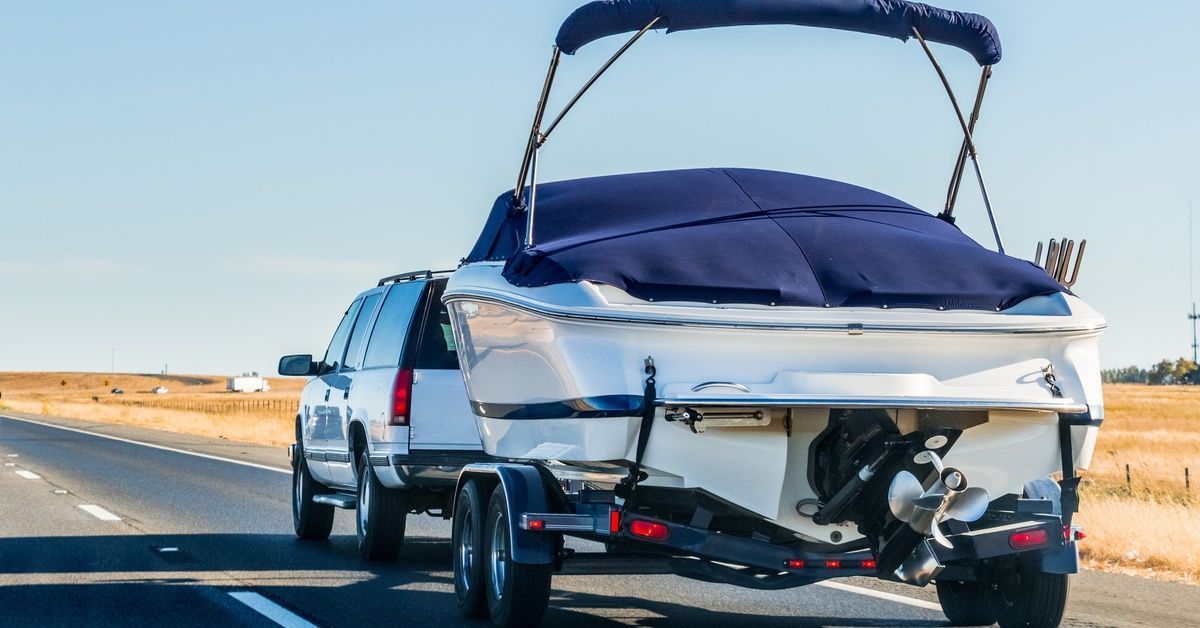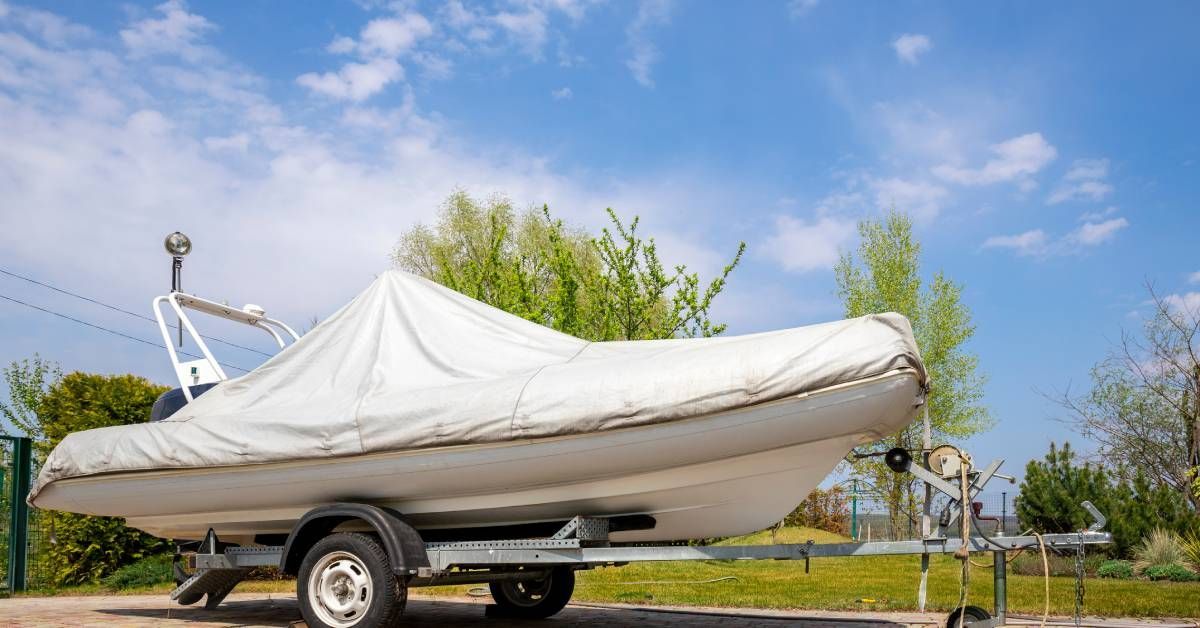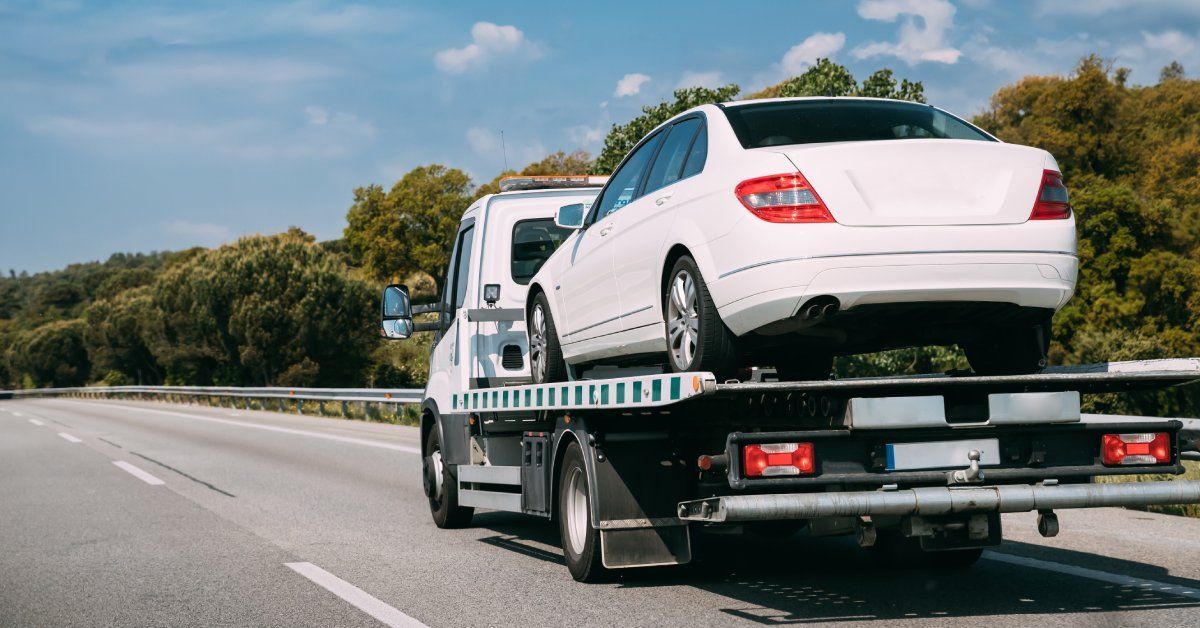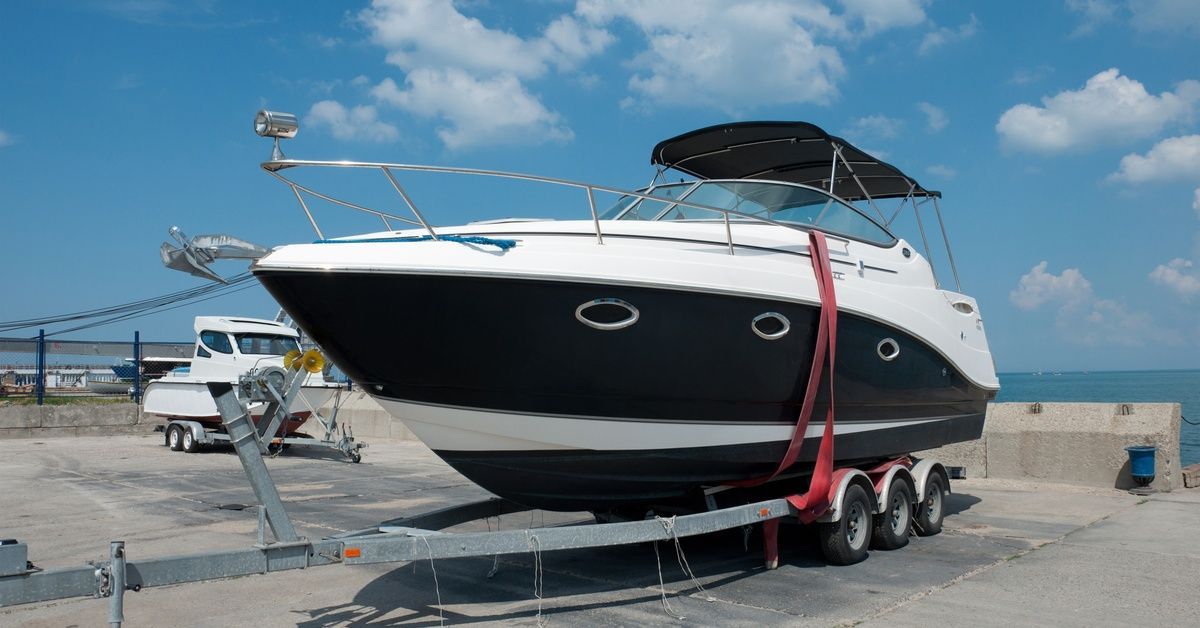Tips for a Successful Long-Distance Marine Transport Trip
Transporting a boat across long distances presents unique challenges that require careful planning and attention to detail. Whether you’re relocating to a new marina or preparing for seasonal cruising in distant waters, understanding the intricacies of marine transport can save you time, money, and potential headaches. The process involves much more than simply loading your boat onto a trailer and hitting the road.
Long-distance marine transport requires coordination between multiple parties, careful preparation of your vessel, and strategic decision-making throughout the journey. From selecting the right transport company to ensuring your boat arrives in pristine condition, each step demands thoughtful consideration. If you want to protect your valuable asset, check out these essential tips for a successful long-distance marine transport trip.
Planning and Preparation
Successful marine transport begins months before your boat leaves its current location. Start by determining your timeline, as boat transport companies often book weeks or months in advance, particularly during peak season from spring through early fall when demand is highest.
Thoroughly document your boat’s current condition with photographs from multiple angles, including close-ups of any existing damage, scratches, or wear marks. This documentation serves as your baseline for insurance purposes and helps you resolve any disputes about transport-related damage. Take photos of the interior, exterior, electronics, and any removable accessories.
Research the route your boat will travel and identify any potential obstacles such as low bridges, narrow roads, or weight restrictions that might affect transport options. Some routes require special permits or specific transport configurations, which can impact both timing and cost.
Create a detailed inventory of all items remaining on your boat during transport. While most transporters recommend removing personal belongings, some items like permanently installed electronics or safety equipment may need to stay aboard. Clearly document what remains to avoid confusion during pickup and delivery.
Choosing the Right Shipping Company
Selecting the right marine transport company is perhaps the most critical decision in your entire process. Research companies that specialize in boat transport rather than general freight haulers, as marine transport requires specific equipment, expertise, and insurance coverage.
Verify that any company you consider carries appropriate insurance coverage for marine transport, including coverage for your boat’s full replacement value. Request certificates of insurance and ensure the coverage extends to boats of your size and value. Many standard transport policies have limitations that might not adequately protect high-value vessels.
Request detailed quotes from multiple companies while keeping in mind that the lowest price doesn’t always represent the best value. Compare what each quote includes, such as insurance coverage limits, delivery timeframes, and additional services like boat preparation or storage options.
Ask about the company’s equipment and handling procedures. Professional marine transporters use specialized trailers, hydraulic boat lifts, and custom cradles designed for different vessel types. They should be able to explain how they’ll secure your specific boat and address any unique challenges your vessel presents.
Check references from recent customers with similar boats and transport distances. A reputable company will gladly provide references and may even allow you to inspect their equipment before booking.
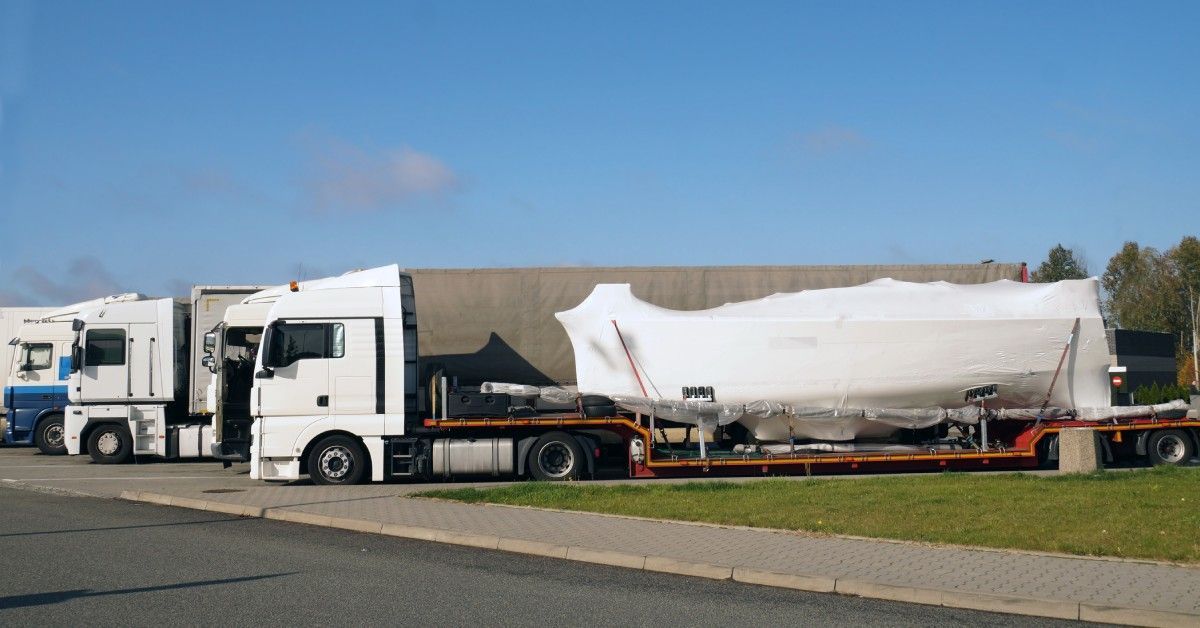
Preparing Your Boat
Proper boat preparation prevents damage during transport and ensures compliance with transportation regulations. Remove all loose items from your boat, including cushions, electronics, fishing equipment, and personal belongings. Even items that seem secure can shift during transport and cause damage.
Drain all water from your boat’s systems, including fresh water tanks, holding tanks, and any standing water in compartments. Water adds significant weight and can freeze during winter transport, potentially causing costly damage to plumbing systems and through-hull fittings.
Secure all hatches, windows, and doors with tape or latches to prevent them from opening during transport. Properly seal all ports and openings to keep moisture and debris out during the journey.
Remove or secure antennas, towers, and any equipment that extends above the boat’s normal profile. Many transport routes have height restrictions, and low bridges or overhanging obstacles can damage protruding equipment.
Disconnect batteries and ensure they’re properly secured if they remain on board. Some transporters require battery disconnection for safety reasons, while others may need batteries connected for hydraulic trailer operations.
Check with your transport company about fuel requirements. Most transporters prefer minimal fuel for safety and weight reasons, but some boats require enough fuel to run bilge pumps or other essential systems during transport.
During the Transport
Once transport begins, maintain communication with the transport company while respecting their operational needs. Most professional transporters provide tracking information or regular updates but avoid calling daily unless there’s a genuine emergency.
Monitor weather conditions along the transport route, particularly if your boat is traveling during winter months or hurricane season. Severe weather can delay transport and may require route changes or temporary storage until conditions improve.
Understand that transport schedules can change due to weather, traffic, mechanical issues, or permit delays. Professional transporters prioritize safety over speed, so delays often indicate proper care rather than poor service.
Keep your insurance agent informed about the transport timeline and ensure your boat insurance remains active throughout the journey. Some policies have specific requirements for coverage during transport that you’ll need to verify beforehand.
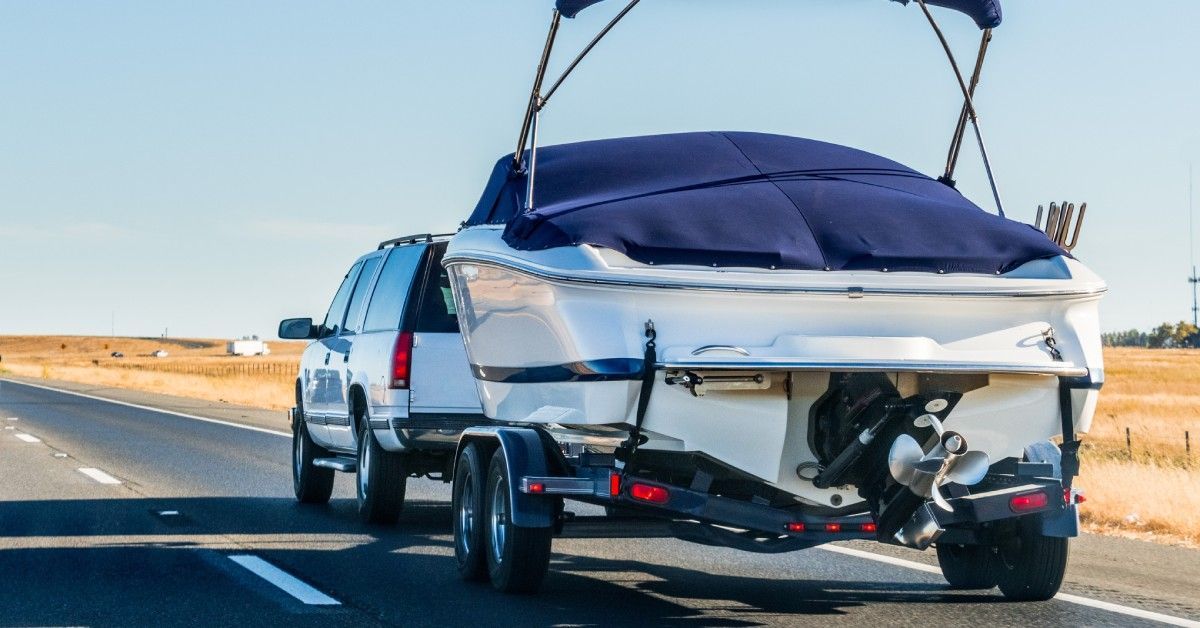
Upon Arrival
Inspect your boat thoroughly before signing any delivery documents. Compare the boat’s condition to the photographs you took before transport, checking for any new damage or issues that occurred during the journey.
Test all systems that were operational before transport, including electronics, engines, and mechanical components. While transport companies take precautions to prevent damage, vibration and movement can sometimes affect sensitive equipment.
Document any transport-related damage immediately with photographs and written descriptions. Report damage to both the transport company and your insurance provider as soon as possible, as delaying this task can complicate claims processing.
Carefully review all delivery paperwork before signing to ensure accurate documentation of any new damage. Make sure you fully understand the claims process in case issues arise later.
Getting Your Boat Ready for the Water
Marine transport is an investment in your boat’s future, whether you’re relocating permanently or simply moving your vessel for seasonal use. Following these tips for a successful long-distance marine transport trip protects your investment and ensures your boat arrives safely at its destination.
Contact Coast to Coast Transportation for your marine boat transport needs. With our experienced drivers on your side, you can focus on planning your next boating adventures rather than worrying about transport logistics. Get a quick quote today!

